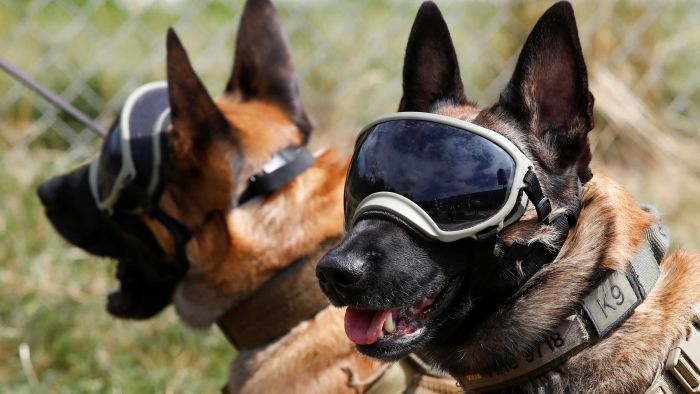Right now if we want to know how many people have COVID-19, we have one primary tactic: individual testing.
It’s resource-intensive, inconvenient — and hamstrung by the notion that everyone will have symptoms and act on them.
So with the World Health Organisation warning there may never be a “silver bullet” for COVID-19, scientists are investigating more creative tactics to keep tabs on the virus.
Enter dogs, drones and sewage testing.
Let’s take a look at how Australian researchers are exploring these less traditional tracing systems and how close we are to implementing them.
Canine disease detectives

In just a couple of months, the first Australian detection dogs will be fully trained in how to detect the odour of COVID-19.
Dogs’ powerful sense of smell has already been used to sniff out cancer and Parkinson’s disease. Initial research conducted in France shows they can also reliably recognise someone with COVID-19.
They do this by smelling what’s known as COVID-19 Volatile Olfactory Compounds (VOCs), emitted through human sweat. VOCs are produced by your body all the time but their smell changes ever so slightly if you are positive for COVID-19.
And don’t worry, you don’t have to be sweaty, or even that close, for the dogs to pick up on it.
Anne-Lise Chaber, a veterinarian and expert in disease detection at the University of Adelaide, said some dogs have shown 100 per cent accuracy.
“Say someo

